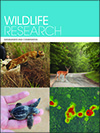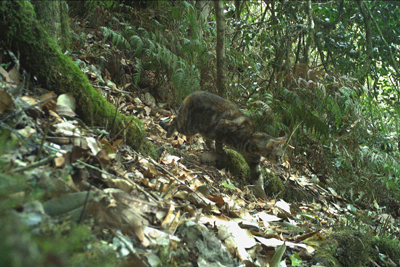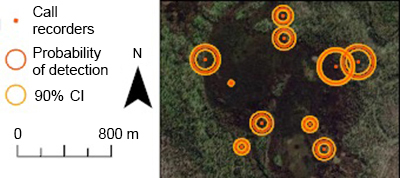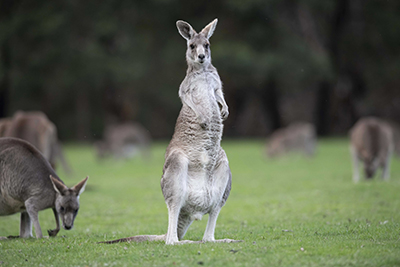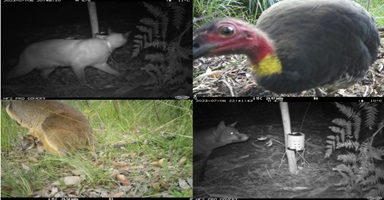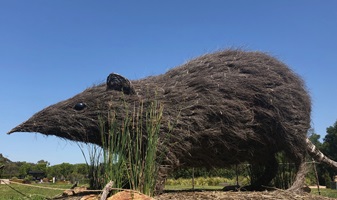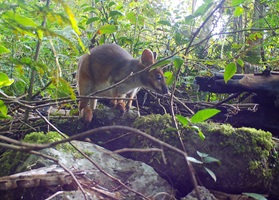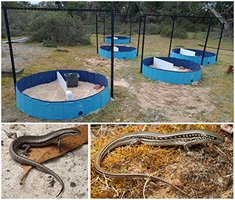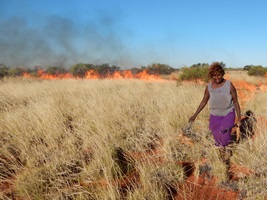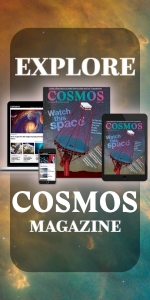Management of broadly distributed invasive species requires knowledge of population densities across multiple ecosystems. The feral cat has a continental distribution in Australia; however, density estimates from several ecosystems are few or lacking. This study aimed to estimate the feral cat population density within a subtropical rainforest ecosystem. We demonstrated that the feral cat density was unexpectedly high. Our study adds to a growing body of literature that suggests feral cat densities are high in productive mesic reserves of eastern Australia. Image by Darren McHugh.
WR24102 Abstract | WR24102 Full Text | WR24102PDF (2.1 MB) Open Access Article


